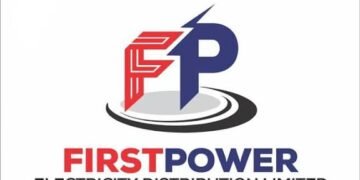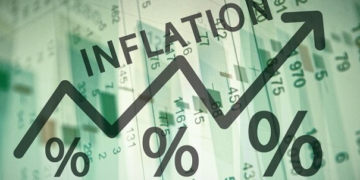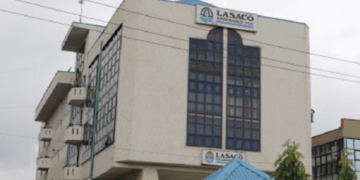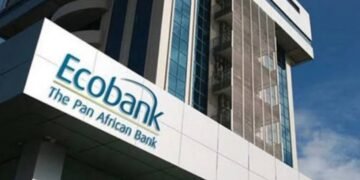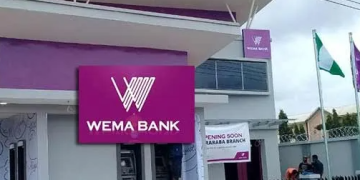The Debt Management Office (DMO) has responded to the concerns of the debt service-to-revenue ratio which was recently highlighted by the Lagos Chamber of Commerce and Industry (LCCI).
LLCI had said that “staying within the current debt-to-GDP threshold is an unreliable means of calibrating Nigeria’s current debt burden.” It added that “government must review its borrowing parameters on the basis of the country’s debt-to-revenue ratio.”
The body said that the “Federal Government must be sensitive to, and mindful of the relatively high debt-to-revenue ratio of about 90 per cent in 2021.”
In a statement on Thursday, the DMO said that, “The primary reason for the high Debt Service-to-Revenue Ratio is because Nigeria’s revenue base is low.”
It added that, “If Nigeria, with a Revenue-to-GDP Ratio of 9%, generated revenues close to countries such as Kenya, Ghana and Angola with Revenue-to-GDP Ratios of 16.6%, 12.5% and 20.9% respectively, then, its Debt Service-to-Revenue would be lower.”
Here is the statement released by the DMO
The attention of the Debt Management Office (DMO) is drawn to a recent report by the Lagos Chamber of Commerce and Industry (LCCI), which stated that “staying within the current Debt-to-GDP threshold is an unreliable means of calibrating Nigeria’s current debt burden”. According to the Chamber, “the government must review its borrowing parameters on the basis of the country’s Debt-to-Revenue Ratio, which currently calls for concerns”.
The Federal Government of Nigeria (FGN) is aware of the country’s relatively high Debt Service-to-Revenue Ratio and has published the figures over the years, as well as included them in public presentations. The primary reason for the high Debt Service-to-Revenue Ratio is because Nigeria’s revenue base is low. Furthermore, the Government is largely dependent on the sale of crude oil, as a major revenue source. If Nigeria, with a Revenue-to-GDP Ratio of 9%, generated revenues close to countries such as Kenya, Ghana and Angola with Revenue-to-GDP Ratios of 16.6%, 12.5% and 20.9% respectively, then, its Debt Service-to-Revenue would be lower.
This position is buttressed by the fact that the highlighted countries have higher Public Debt-to-GDP Ratios (Kenya: 67.6%, Ghana: 78.9% and Angola: 136.5%) compared to Nigeria (22.80%) yet record relatively lower Debt Service to Revenue Ratios due to their higher Revenue-to-GDP Ratios.
Infrastructure development, job creation and economic growth, in the face of relatively low revenues, requires the Government to borrow, at least in the short term. Due to the low revenue base, the FGN is already implementing measures to increase and diversify revenues and subsequently, lower Debt Service-to-Revenue Ratio. Among these initiatives are the Strategic Revenue Growth Initiative (SRGI) and the annual Finance Acts.
To reduce the level of direct borrowing, the Government also actively engages the private sector to participate in infrastructure development through various initiatives such as the Infrastructure for Tax Credit Scheme, the establishment of the Infrastructure Corporation of Nigeria Limited and other Public-Private Partnership arrangements that are guaranteed by the Government.
We agree with the LCCI, that measures to increase revenues should be initiated by the public sector. In addition, organisations such as the LCCI are encouraged to support the Government in its revenue growth drive, which will subsequently reduce the Debt Service-to-Revenue Ratio.
Ifunanya Ikueze is an Engineer, Safety Professional, Writer, Investor, Entrepreneur and Educator.






